Classic nail polish collection | BKIND
The Classics - Nail Polish Collection. $ 42 .00. $ 22 .00. ¨C48%. The Classics - Nail Polish Collection. This timeless nail polish trio contains our favorite classic shades: Lady in Red, Beige Life and Black Heart. Their vegan, 21-FREE, 77% plant-based and professional grade formula provides an easy application and a perfect long-lasting
Tributyl acetylcitrate - NIST Chemistry WebBook,IUPAC Standard InChIKey: QZCLKYGREBVARF-UHFFFAOYSA-N Copy CAS Registry Number: 77-90-7 Chemical structure: This structure is also available as a 2d Mol file or as a computed 3d SD file
Gel Effect Nail Polish ¡ª Believe Beauty | Only at Dollar General
+ VIEW ALL INGREDIENTS. Roulette ethyl acetate, butyl acetate, nitrocellulose, adipic acid/neopentyl glycol/trimellitic anhydride copolymer, isopropyl alcohol, acetyl tributyl citrate, polyethylene terephthalate, silica, acrylates copolymer, ethylene/va copolymer, n-butyl alcohol, benzophenone-3, polyurethane-11, ferric ammonium ferrocyanide (ci 77510), red 7 lake (ci 15850), aluminum powder
(PDF) Pharmacokinetic Properties of Acetyl Tributyl Citrate, a,Acetyl tributyl citrate (ATBC) is an (the Food and Drug Administration) FDA-approved substance for use as a pharmaceutical excipient. It is used in pharmaceutical coating of solid oral dosage
INSTA-DRI? | Sally Hansen
grape shifter #483 ethyl acetate, butyl acetate, nitrocellulose, polyethylene terephthalate, adipic acid/neopentyl glycol/trimellitic anhydride copolymer, acetyl tributyl citrate, isopropyl alcohol, silica, n-butyl alcohol, isosorbide dicaprylate/caprate, etocrylene, polyurethane-11, kaolin, polyurethane-33, glycidyl neodecanoate/phthalic
INSTA-DRI? | Sally Hansen,grape shifter #483 ethyl acetate, butyl acetate, nitrocellulose, polyethylene terephthalate, adipic acid/neopentyl glycol/trimellitic anhydride copolymer, acetyl tributyl citrate, isopropyl alcohol, silica, n-butyl alcohol, isosorbide dicaprylate/caprate, etocrylene, polyurethane-11, kaolin, polyurethane-33, glycidyl neodecanoate/phthalic anhydride/tmp crosspolymer, acrylates/dimethicone
11 Best Cruelty-Free and Non-Toxic Nail Polishes
Free of: Formaldehyde, Toluene, DBP, Camphor, Resin, Xylene, Paraben, Animal derived products Ingredients (Snow bunny): Butyl Acetate, Ethyl Acetate, Nitrocellulose, Adipic Acid/Neopentyl Glycol/Trimellitic Anhydride Copolymer, Acetyl Tributyl Citrate, Isopropyl Alcohol, Styrene/Acrylates Copolymer, Stearalkonium Bentonite, n-Butyl Alcohol, Benzophenone-1, Silica, Alumina, Trimethylpentanediyl
Dior Vernis: Glossy Nail Polish & Longwear Gel Effect | DIOR CA,#18831 butyl acetate ? ethyl acetate ? nitrocellulose ? adipic acid/neopentyl glycol/trimellitic anhydride copolymer ? acetyl tributyl citrate ? isopropyl alcohol ? acrylates copolymer ? stearalkonium bentonite ? adipic acid/fumaric acid/tricyclodecane dimethanol copolymer ? sucrose acetate isobutyrate ? cellulose acetate butyrate ? caprylic/capric triglyceride
Color Therapy? | Sally Hansen
butyl acetate, ethyl acetate, nitrocellulose, acetyl tributyl citrate, tosylamide/epoxy resin, isopropyl alcohol, silica, synthetic fluorphlogopite, stearalkonium bentonite, triphenyl phosphate, adipic acid/neopentyl glycol/trimellitic anhydride copolymer, isosorbide dicaprylate/caprate, styrene/acrylates copolymer, ricinus communis (castor) seed oil, calcium sodium borosilicate, etocrylene
Beautifier Collection by Complete Salon Manicure | Sally Hansen,high gloss top coat ? ethyl acetate, butyl acetate, isopropyl alcohol, cellulose acetate butyrate, mek, adipic acid/ neopentyl glycol/trimellitic anhydride copolymer, nitrocellulose, acetyl tributyl citrate, sucrose benzoate, n-butyl alcohol, etocrylene, diamond powder, aqua/water/eau, platinum powder, alumina, silica, titanium dioxide (ci 77891), d&c violet no. 2 (ci 60725).
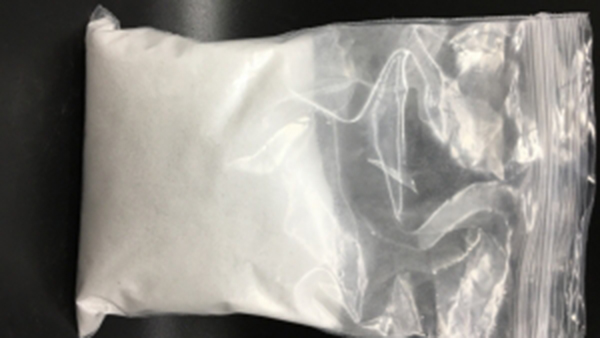
Graphene/polyacrylamide interpenetrating structure hydrogels for
The equilibrium water absorption capacity of the composite hydrogel was approximately 300%, and the adsorption capacity for NiCl 2 was approximately 110.25 mg/g, demonstrating promising potential for practical applications.
Get Price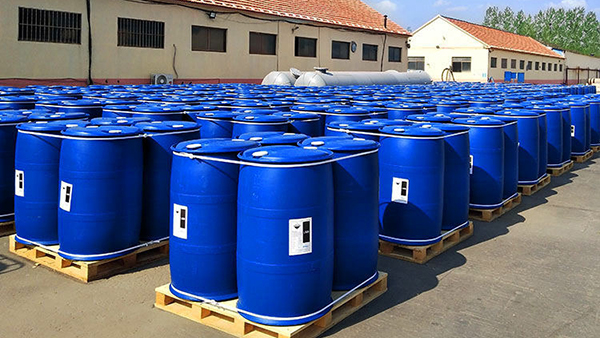
Advances in the preparation of hydrogel for wastewater treatment: A
Hydrogels are being investigated recently for wastewater treatment. These polymeric networks permit their functional group alterations imparting high binding affinity for different contaminants in wastewater. Their innate ability to imbibe huge volume of water qualifies it for a smart material for water remediation.
Get Price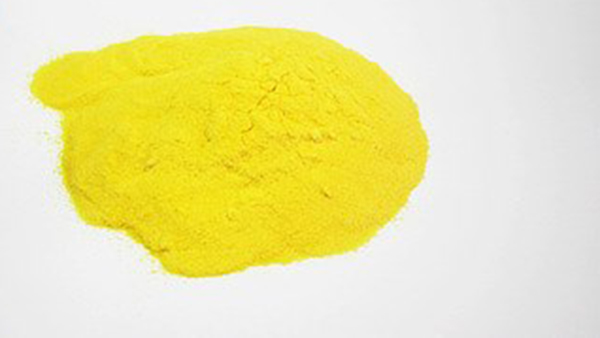
Polyacrylamide degradation and its implications in environmental
High molecular weight (10 6 ¨C3 ¡Á 10 7 Da) polyacrylamide (PAM) is commonly used as a flocculant in water and wastewater treatment, as a soil conditioner, and as a viscosity modifier and...
Get Price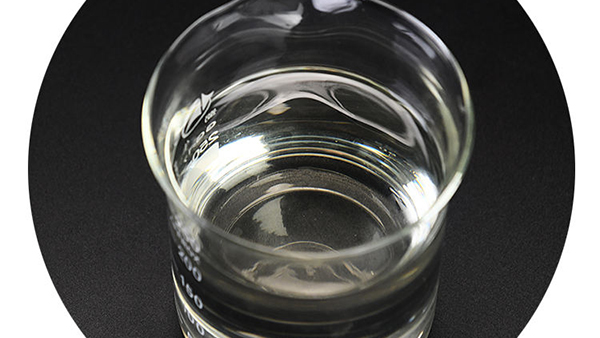
Advances in the preparation of hydrogel for wastewater treatment: A
Hydrogels are being investigated recently for wastewater treatment. These polymeric networks permit their functional group alterations imparting high binding affinity for different contaminants in wastewater. Their innate ability to imbibe huge volume of water qualifies it for a smart material for water remediation.
Get Price
Graphene/polyacrylamide interpenetrating structure hydrogels for
the design of hydrogel adsorbents. In wastewater treatment, when hydrogels are directly placed in heavy metal ion effluent, their powder-like prop-erties can result in secondary pollution due to the difficulties in recovery after adsorption. The physical co-blending of graphene with the above two materials cannot effectively
Get Price
Hydrogel: Preparation, characterization, and applications: A review
Hydrogels can be divided into two categories based on the chemical or physical nature of the cross-link junctions. Chemically cross-linked networks have permanent junctions, while physical networks have transient junctions that arise from either polymer chain entanglements or physical interactions such as ionic interactions, hydrogen bonds, or hydrophobic interactions [11] .
Get Price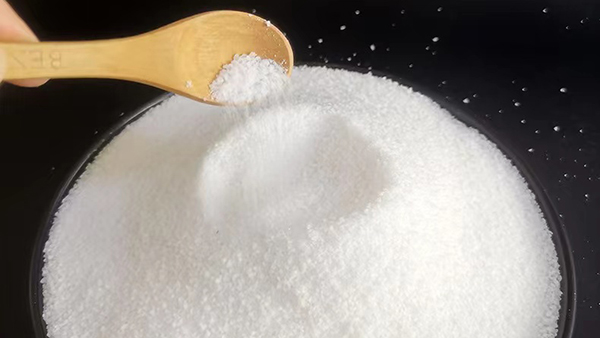
Rapid solidification of Portland cement/ polyacrylamide hydrogel (PC
polyacrylamide hydrogel (PC/PAM) composites for diverse wastewater treatments Shaoxiong Ye, a Pan Feng*ab and Wei Zhang a Cementitious solidi?cation is an e?ective but time-consuming method for waste disposal, and the incorporation of polyacrylamide hydrogel in Portland cement paste is a simple way to enhance the time-
Get Price
Swelling properties and basic dye adsorption studies of polyacrylamide
Polyacrylamide hydrogel is a functionalized polymer containing a large number of amide groups which grant a great selectivity for the elimination of several organic pollutants and minerals [19].
Get Price
Interfacial assembly of self-healing and mechanically stable hydrogels
Hou, N. et al. Facile preparation of self-assembled hydrogels constructed from poly-cyclodextrin and poly-adamantane as highly selective adsorbents for wastewater treatment. Soft Matter. 15 , 6097
Get Price
¦Â-Cyclodextrin-Polyacrylamide Hydrogel for Removal of Organic
Water pollution by various toxic substances remains a serious environmental problem, especially the occurrence of organic micropollutants including endocrine disruptors, pharmaceutical pollutants and naphthol pollutants. Adsorption process has been an effective method for pollutant removal in wastewater treatment. However, the thermal regeneration process for the most widely used activated
Get Price